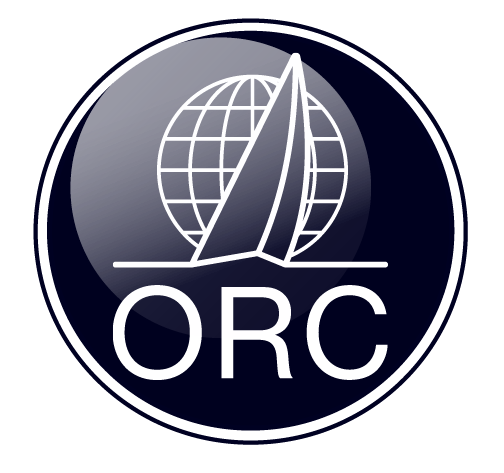Latest news
Meet the Team - JOY - Vladimir Borstnar & Bojan Gale - ORC DH Europeans 2024
24. Apr 2024
As the ORC DH European Championship 2024 in Caorle approaches, we are happy to introduce some participating teams. Join us as we delve into the captivating journey of Slovenian team JOY, led by Vladimir Borstnar and Bojan Gale, as they set sail on the J99 in the upcoming ORC DH European Championship.
Meet the Team - HAURAKI - Mauro and Giovanni Trevisan - ORC DH Europeans 2024
23. Apr 2024
As the ORC DH European Championship in Caorle approaches, we are happy to introduce some participating teams. Embark on a journey with Mauro and Giovanni Trevisan, a father-and-son duo at the helm of boat Hauraki - Millennium 40 R ITA 40002, as they navigate the waters of the north Adriatic in Italy's premier double-handed sailing events.
Lifetime Achievement Award for Wolfgang Schäfer
23. Apr 2024
The German Offshore Award, a prestigious event in the sailing community, marked its 17th edition on Monday evening in the grand ballroom of Hamburg City Hall. Dr Wolfgang Schäfer, a long-time Member of the ORC Board and Vice Chairman for many years, was bestowed with the esteemed Lifetime Achievement Award, a testament to his significant contributions to the sport.
Upcoming Events
| 07.04 - 13.10 | Lago Maggiore | ITA | |
| 25.04 - 28.04 | Busan | KOR | |
| 26.04 - 30.04 | Palma de Mallorca | ESP | |
| 30.04 - 05.05 | Caorle | ITA | |
| 07.05 - 20.05 | Scheveningen | NED |
07.05 - 20.05
Scheveningen,
NED
Sailor Services
With an ORC Certificate you are getting more than just a rating #beyondrating
The ORC System
Get started with the ORC System
The search for a perfect rating system is as old as sailboat racing itself. Boat owners, sailors, designers and handicappers are always looking for solutions that work as boat designs change with time. However, regardless of what rating system is actually in use, an ideal rating system should have a set of key point of features to ensure fair racing.
ORC Rating Systems are administered by the National Rating Offices established worldwide in each country that have active offshore rating. There are two forms of the rating systems that are fully compatible using the same measurements and the same VPP: ORC International (ORCi) and ORC Club. ORCi is based on a complete boat measurement.
It is the intention of any rating system to give a boat rating which depends on her characteristics in order to equalise her with other boats of different size and characteristics. Characteristics that are positive for boat speed, like length of the water line or sail area, and those that are negative, like beam, displacement and wetted surface, are the most common influences in any system.
With an ORC Certificate, you are getting more than just a rating. ORC Sailor Services allows you access to the ORC Database of all ORC certificates issued worldwide #beyondrating.

